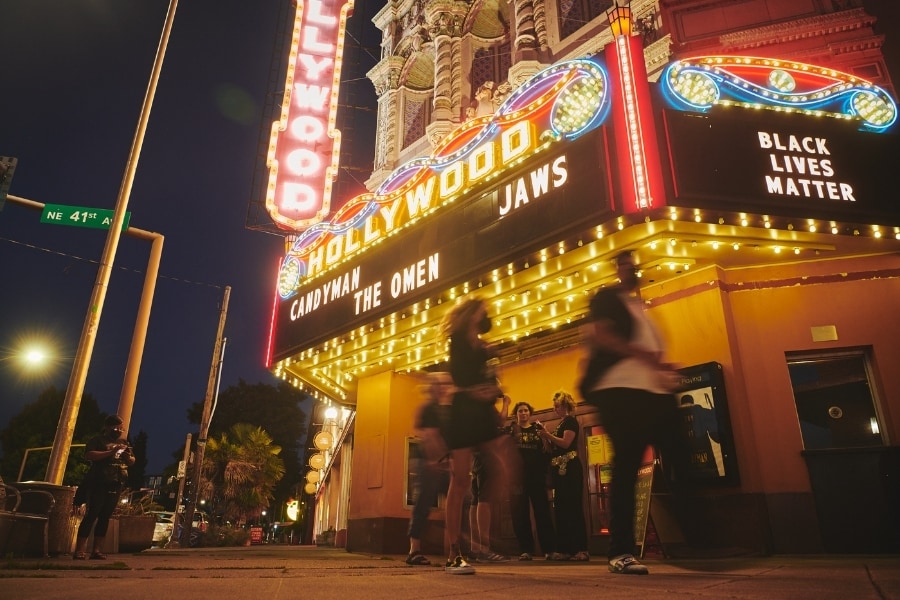
How's Hollywood to plan when it doesn't know who's watching what?
The box office remains sunken and scattershot, with once-reliable audience patterns upended by the coronavirus pandemic and, for many films, ticket sales cannibalised by instant availability on streaming services
 Moviegoers at the Hollywood Theatre in Portland, Ore., Aug. 28, 2021. With box office numbers way down in the coronavirus pandemic and streaming numbers hard to come by, the film industry is often unable to determine whether a movie is a hit or a miss. (Leah Nash/The New York Times)
Moviegoers at the Hollywood Theatre in Portland, Ore., Aug. 28, 2021. With box office numbers way down in the coronavirus pandemic and streaming numbers hard to come by, the film industry is often unable to determine whether a movie is a hit or a miss. (Leah Nash/The New York Times)
LOS ANGELES — Labor Day weekend is typically a moment for Hollywood to take a breath and assess. After the big-budget escapism of summer and before the Oscar hopefuls of fall, what signals are moviegoers sending?
Reading box-office tea leaves is like pontificating about symbolism in works of fiction: Any halfway plausible theory works. But studio bosses need something, anything to guide them as they make billion-dollar judgment calls for the seasons ahead.
“Superheroes still seem to sell — keep raiding the comic books.” “Rom-coms were roadkill — no more of those.” Or whatever.
This year, the only takeaway is that there are no takeaways.
The box office remains sunken and scattershot, with once-reliable audience patterns upended by the coronavirus pandemic and, for many films, ticket sales cannibalized by instant availability on streaming services. More and more, films are bypassing theaters and debuting exclusively on Amazon Prime Video, Netflix, Apple TV+ and others, but those companies refuse to disclose meaningful viewership data.
©2019 New York Times News Service







